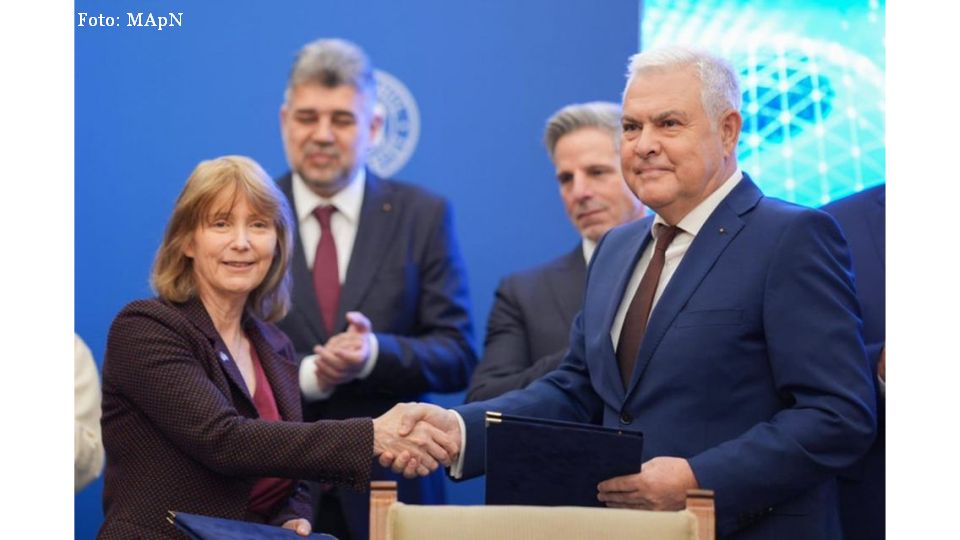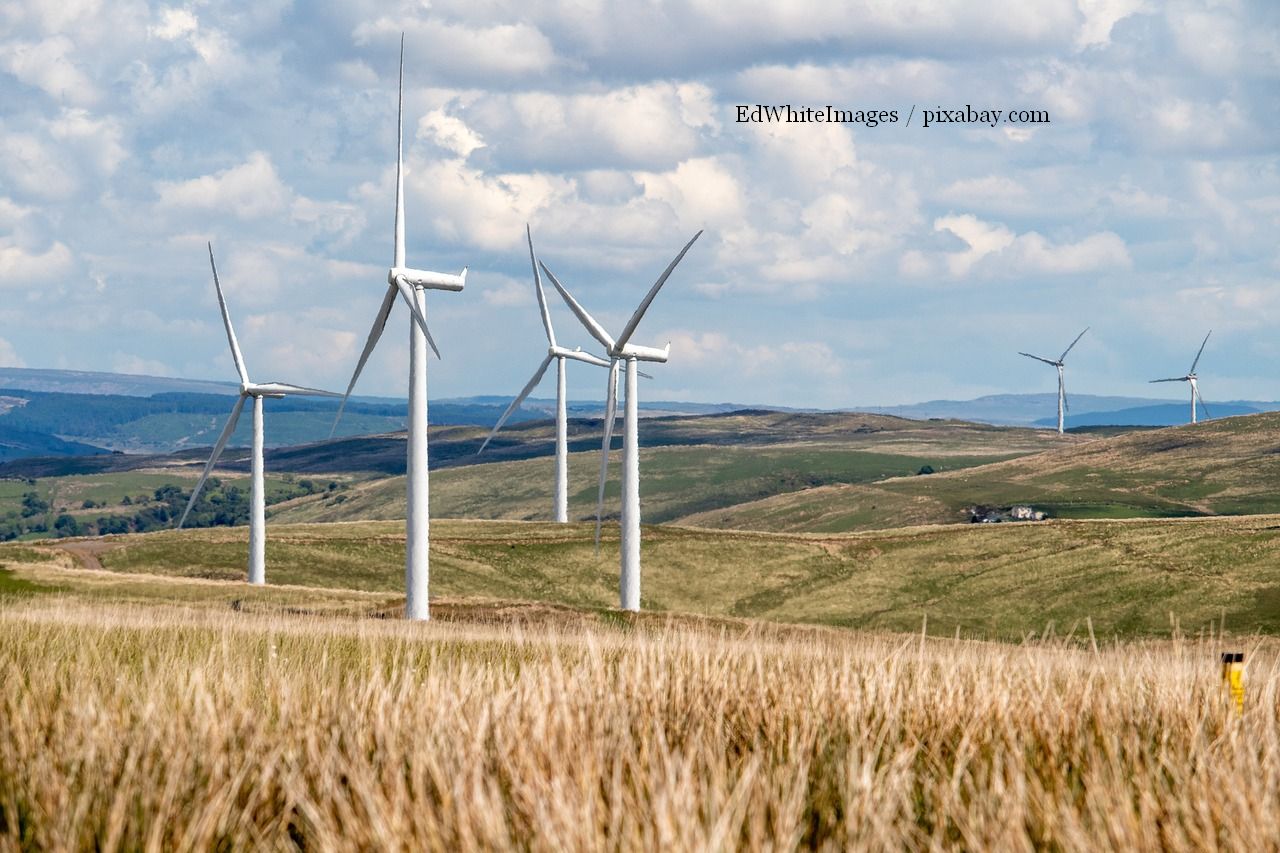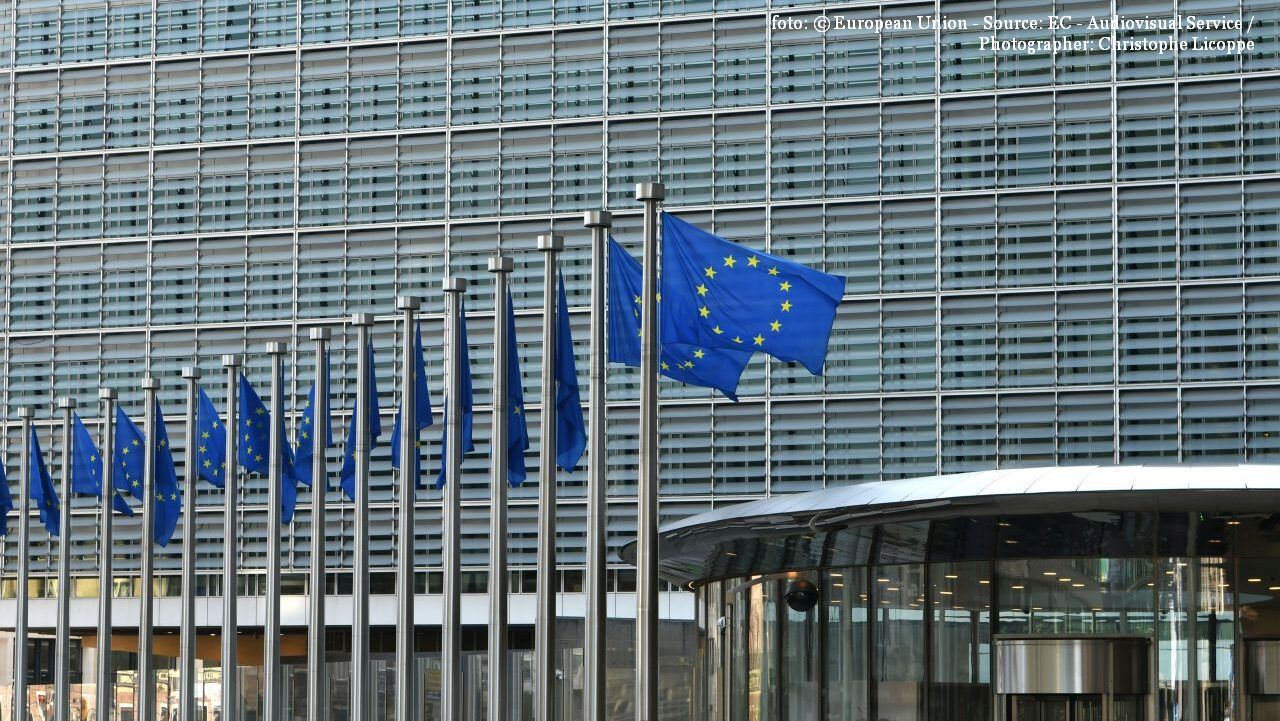How Romania used European money
Romania’s EU accession in 2007 brought along, at least in theory, an opportunity to bridge the social and economic gap between our country and the other member states, through the absorption of funds allocated by the European Commission. Since then, Romania has had the opportunity to use European money for such things as developing a viable transport infrastructure and training a qualified work force, in keeping with the European standards. Unfortunately, reality has been different, as this country had an extremely low absorption rate in the 2007-2013 period.
Mihai Pelin, 15.04.2014, 17:40
Romania’s EU accession in 2007 brought along, at least in theory, an opportunity to bridge the social and economic gap between our country and the other member states, through the absorption of funds allocated by the European Commission. Since then, Romania has had the opportunity to use European money for such things as developing a viable transport infrastructure and training a qualified work force, in keeping with the European standards. Unfortunately, reality has been different, as this country had an extremely low absorption rate in the 2007-2013 period.
The media has often reported cases of potential fraud and conflicts of interest, evidence of the fact that the state institutions in charge have not actually been capable of managing the European money placed at Romania’s disposal. According to statistics, Romania ranked last with regard to the absorption of European funds in the 2007 — 2013 timeframe. Romania only managed to spend 15 billion Euros out of a total of 33 billion Euros it was entitled to, said Angela Filote, head of the European Commission Representative Office in Bucharest.
And even that figure was owed to a very good situation in the Romanian agriculture and rural development sector. As for Romania’s contribution to the EU budget, it exceeded 9 billion Euros over the same period of time. Angela Filote also said that the accessed funds helped the creation of over 8,800 jobs, through the implementation of various projects, of which 600 in research, seen as a priority field by the EU, in terms of both overcoming the crisis and of increasing competitiveness at world level.
Moreover, some 1,200 SMEs got European support and over 1 thousand km of road infrastructure were rehabilitated. Under the 2014-2020 EU budget allocation, Romania has access to even more money, more precisely 39.3 billion Euros, of which some 20 billion Euros for agriculture and rural development, and the rest for regional, economic and social development, the EC representative pointed out. In her opinion, the quality of absorption is more important that quantity. Analysts say that Romania’s development goals, on the basis of European funds, can be questioned in the long run unless reforms are implemented to ensure an effective management and control of the way in which European money is spent in Romania.






























